“Playing Mas isn’t just about dressing in costumes, it’s about telling a story.”
That’s according to Symone Williams, the artistic director of the Genesis Mas Band, which has been parading at Notting Hill Carnival since the 1980s.
The band was established by her father Vernon “Fellows” Williams, who was also a founding member of the carnival itself in the 1960s.
Ms Williams, along with her family, are continuing his work of keeping the Mas stories and traditions alive for future generations.
Mas, an abbreviation of masquerade, has its origins in the Caribbean, in particular to the emancipation of black slaves in Trinidad and Tobago in the 1800s, Ms Williams said.
“‘Playing mas’ means to play in costumes,” she explains. “Costumes were used to tell a story of what was going on at the time and that all started in Trinidad.
“Whatever was preserved was kept as a traditional element of ritualistic of storytelling through masquerade, masks and costumes.”
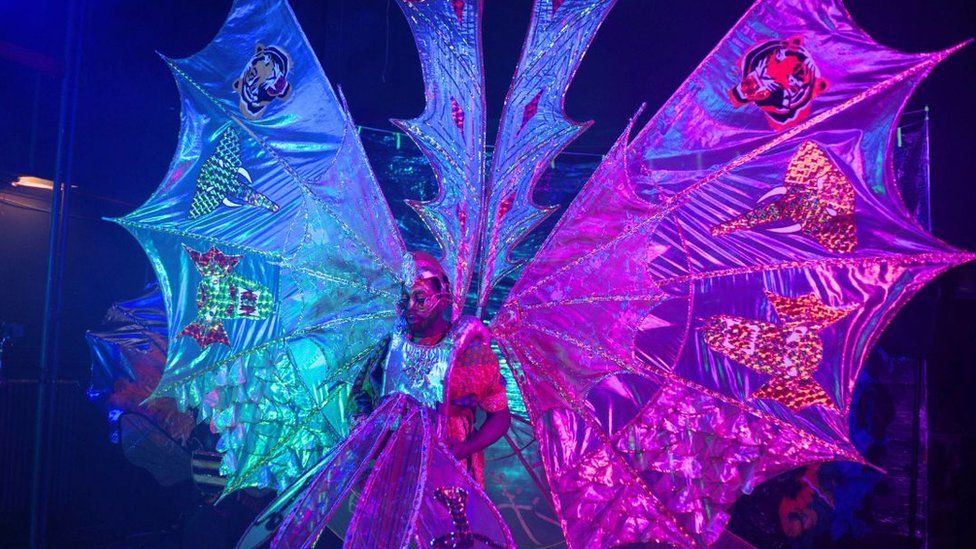
Ms Williams added: “They were sort of like newspapers, in costume form.”
Notting Hill Carnival is seen by many as a street party, but Ms Williams wants more people to recognise the history behind the costume, as well as the modern day struggles represented in their art.
Ms Williams said: “Traditionally, costumes were used to tell a story, they were used to resist, they were used to unify and empower.”
An example of the event’s links links to the Caribbean are the characters portrayed at the carnival.
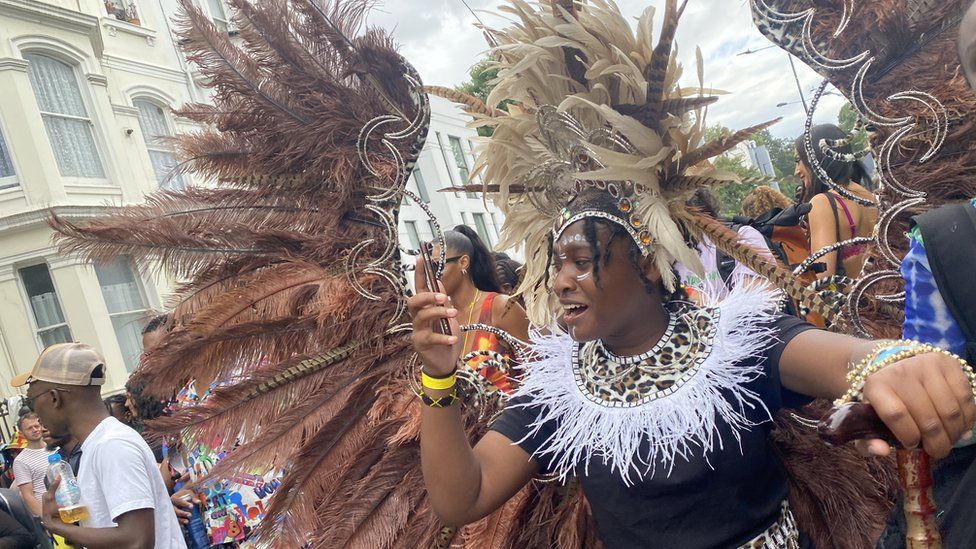
One of these characters was the “fancy drunken sailor”, Ms Williams said. “That tells the history of when the US occupied Trinidad and how all of the American sailors used to come and take over.
“What Caribbean people tend to do is turn things around and mock and make something light hearted or something serious.”
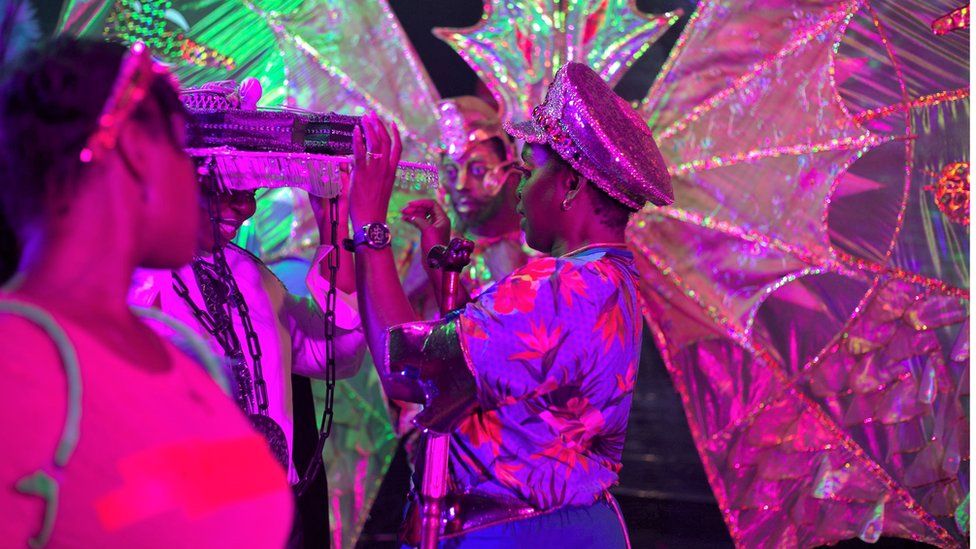
Mas was introduced to the UK in the 1960s when Trinidadian Mas camps became popular with the diaspora community seeking a flavour of home.
Mas camps are when designers come together to create their costumes in the months and weeks before a carnival. Approximately 15,000 bejewelled, feathered costumes are made each year, according to a Notting Hill archive piece.
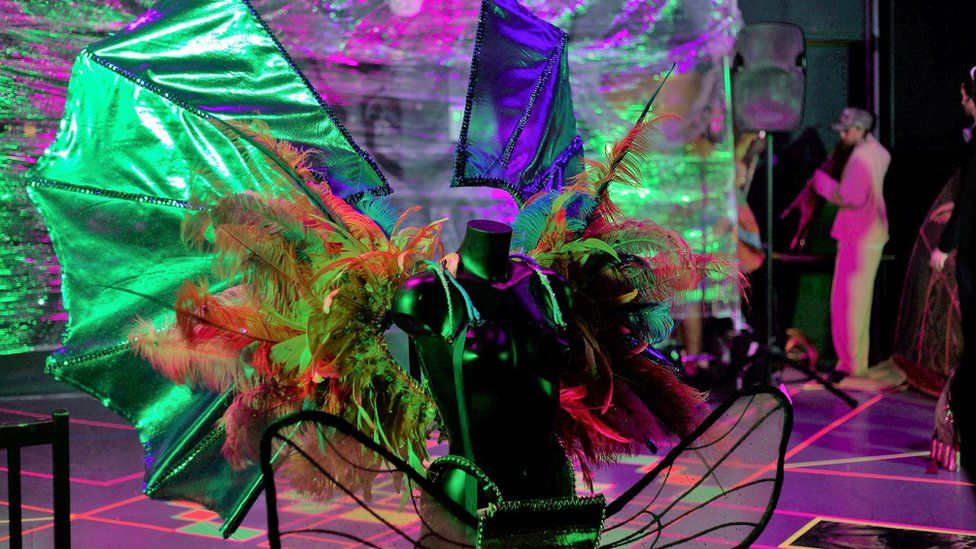
It formed a foundational element to what has become the biggest street carnival in Europe.
The artform has developed beyond its Trinidadian origins with influences from other Afro-Caribbean cultures and those of Latin America.
“I’ve seen the development of more skimpy fashionista-style, and very beautified costumes where they’re very pretty, and really well made and very elaborate and a lot of feathers. The influence of that is from Brazil,” Ms Williams said.
She said she finds it difficult to strike the right balance between incorporating traditional elements with current trends.
“I want to hold onto the tradition but also keep it modernised,” Ms Williams said.
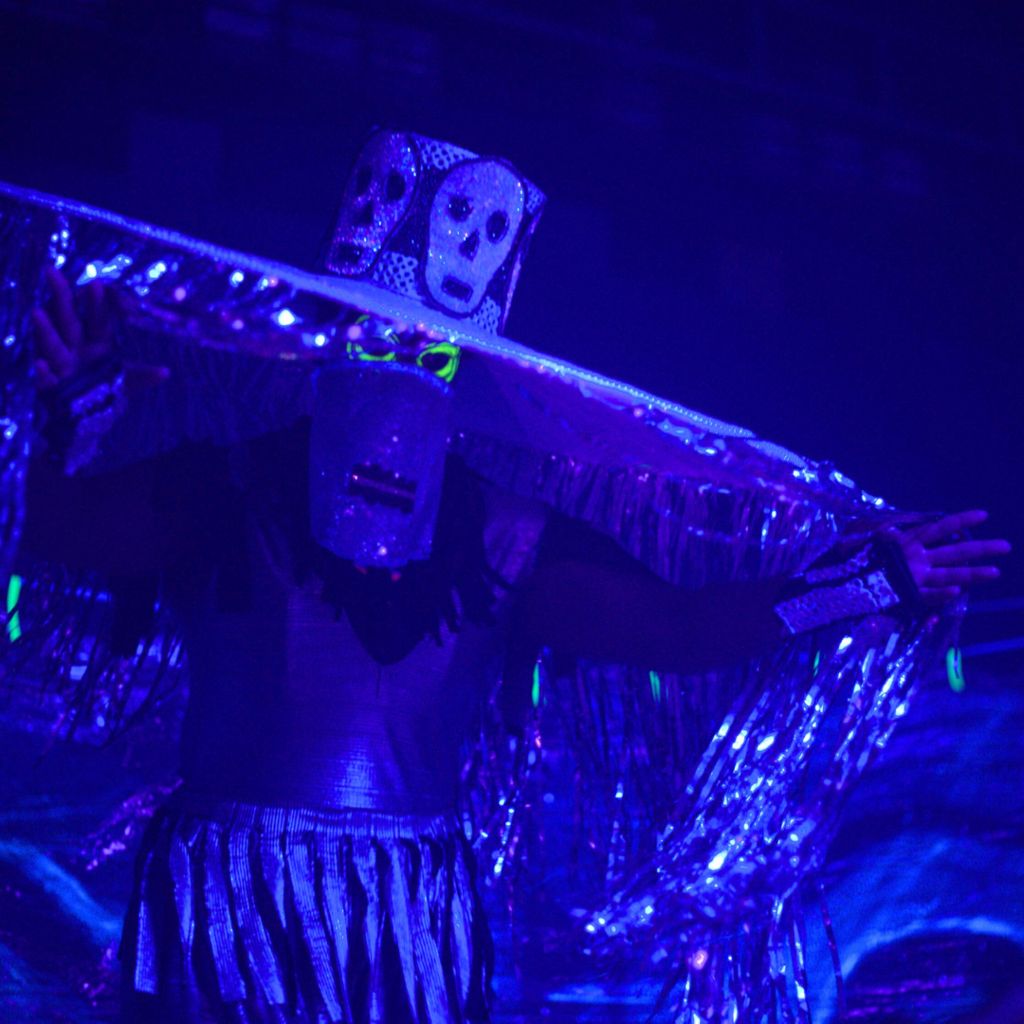
Ms Williams is the executive producer of a documentary on Masquerade and its place within the carnival to help expose the tradition behind the costumes to more people.
“As well as showcasing the people who make these costumes, Mas Resistance will also show the artistic element of why we do it, and where the history of costumes come from, why they exist.”
She said this year’s theme is about empowerment and freedom.
“Women are empowered by wearing what they want at carnival and I think the message is that we’re not whispery, we’re not inhibited. It’s an empowerment tool, especially for women,” Ms Williams said.
Source : bbc
















